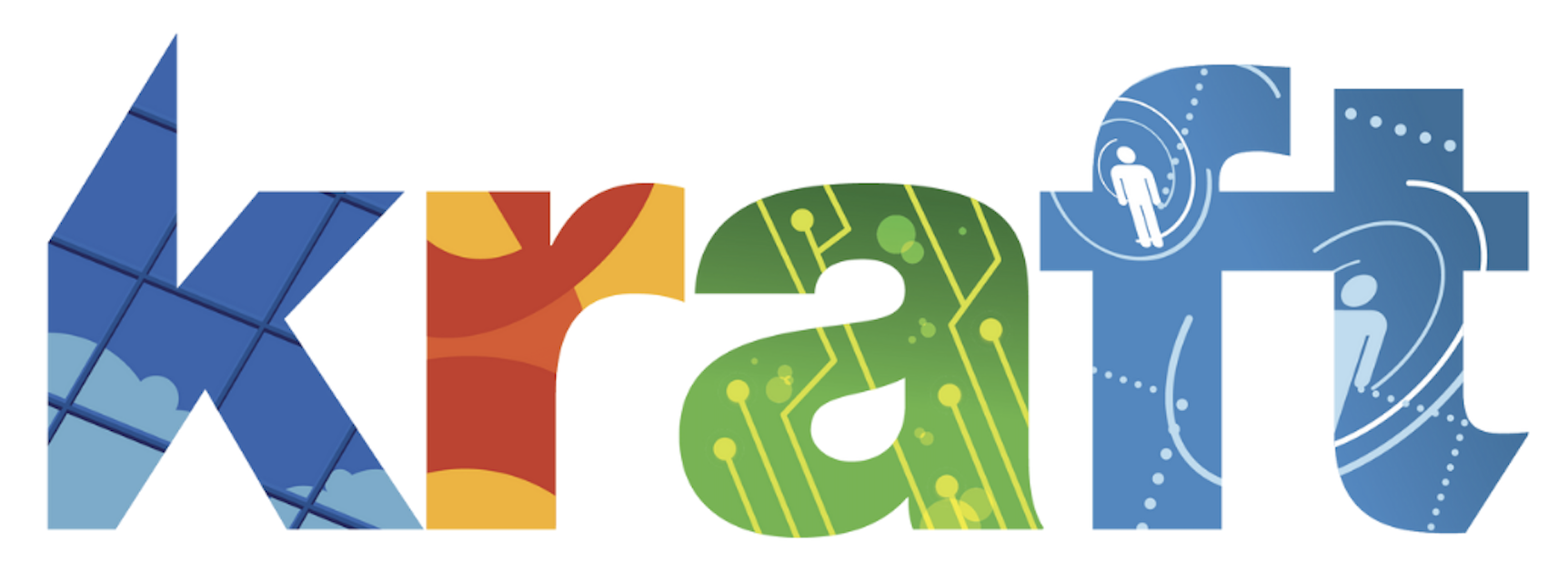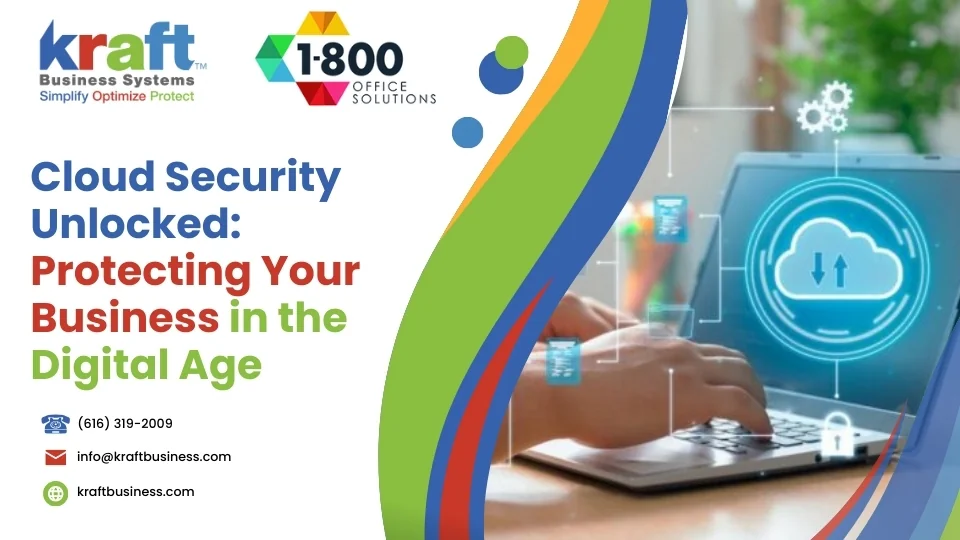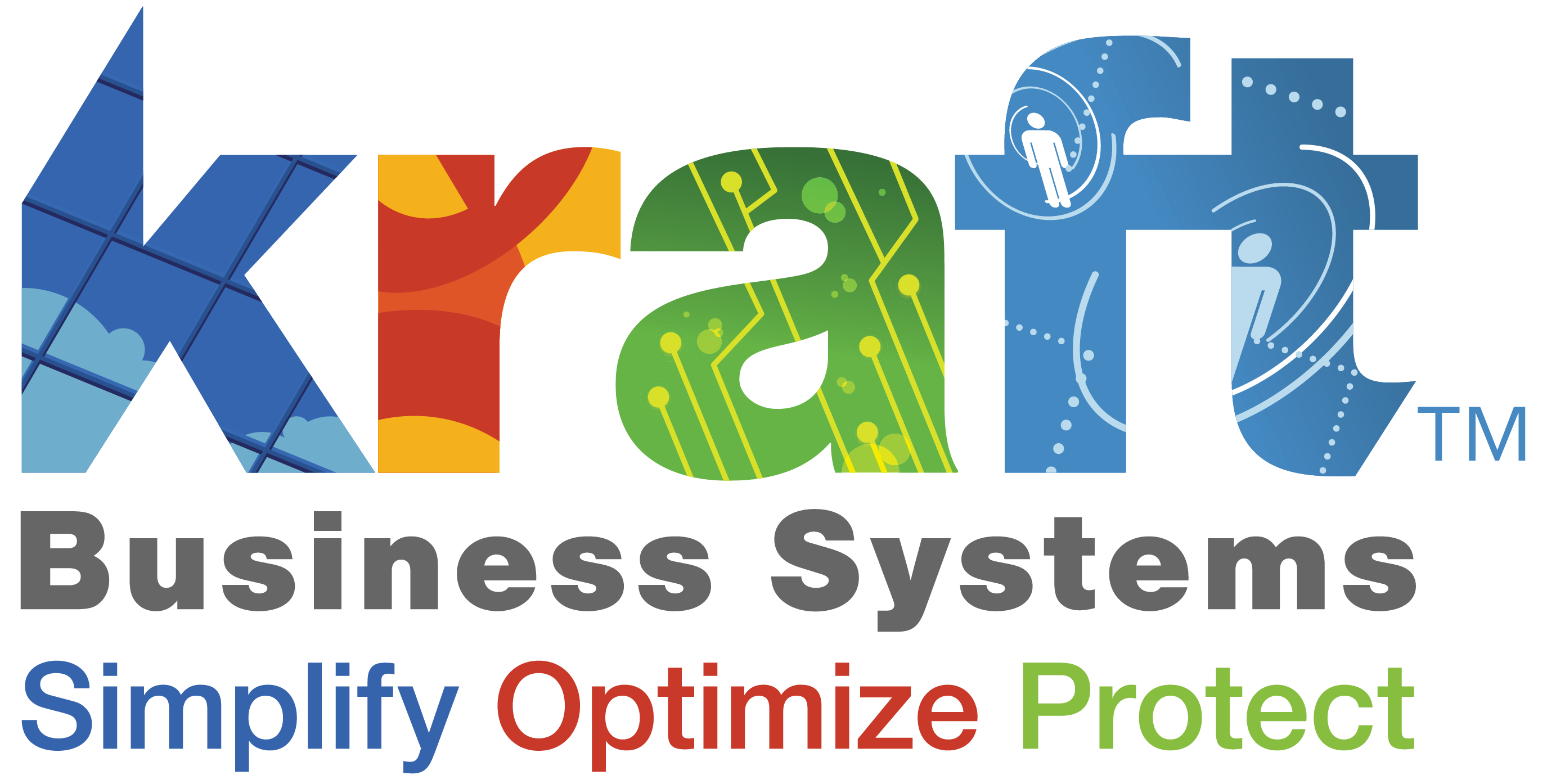Cloud security for businesses is a crucial consideration in the era of digital change and cloud migration. As companies transition from traditional infrastructure to cloud-based environments, they steer a landscape filled with potential security challenges. Here’s what you need to know right away:
- Protecting data in the cloud is essential for maintaining business integrity and trust.
- Cloud services offer flexibility but come with unique security risks.
- Effective security practices can manage these risks and ensure seamless digital change.
Businesses are migrating to the cloud, drawn by its promise of scalability and efficiency. However, this migration isn’t without its risks. Cloud security is the protective shield against threats that can compromise sensitive data and disrupt operations.
The cloud offers vast advantages. It lets organizations scale operations quickly and efficiently. Yet, it also introduces new risks that weren’t as pronounced in traditional IT setups. Companies must address these risks head-on with robust security strategies.
It’s crucial to know that adopting cloud solutions requires more than just transferring data—it demands a comprehensive overhaul of security practices to align with new vulnerabilities. Cloud security isn’t just about protecting data; it’s about enabling digital change by ensuring business continuity and safeguarding critical assets.
Understanding the significance of cloud security for businesses can safeguard essential data and empower successful digital evolution.
Glossary for Cloud security for businesses:
Understanding Cloud Security for Businesses
Cloud security is the backbone of digital change. As businesses shift to cloud environments, they must navigate a complex web of security challenges. Let’s explore what this entails and how to address it.
What is Cloud Security?
Cloud security involves a set of technologies, policies, and controls designed to protect data, applications, and the infrastructure of cloud computing. It’s about ensuring that your sensitive data remains safe from cyber threats, whether stored in public, private, or hybrid cloud environments.
Why Are Cybersecurity Policies Important?
Cybersecurity policies are your first line of defense. They outline how your organization manages and protects its data in the cloud. These policies should cover:
- Access Controls: Who can access what data? Implementing strict access controls ensures that only authorized personnel can access sensitive information.
- Data Encryption: Encrypting data both at rest and in transit protects it from unauthorized access. Even if data is intercepted, encryption ensures it remains unreadable without the correct decryption key.
- Incident Response: Having a plan in place for when things go wrong is crucial. This includes steps for identifying, containing, and recovering from security breaches.
Best Practices for Cloud Security
Implementing best practices can significantly reduce security risks:
- Regular Audits and Monitoring: Continuously monitor cloud environments for suspicious activity. Tools like CSPM can help detect misconfigurations in real time.
- Identity and Access Management (IAM): Use IAM to control who has access to your cloud resources. By setting up role-based access and multi-factor authentication, you limit access to only those who need it.
- Automate Security Tasks: Automation can handle routine security tasks, freeing up your team to focus on more critical security challenges. This includes automated patch management and security updates.
- Adopt a Zero Trust Model: Assume that threats can come from anywhere. Verify every access attempt and limit permissions to the minimum necessary.
- Educate Your Team: Regular training can help employees recognize phishing attacks and other threats. An informed team is your best defense against cyber threats.
Understanding cloud security is not just about protecting data; it’s about empowering your business to thrive in a digital world. By implementing strong cybersecurity policies and best practices, businesses can harness the power of the cloud while keeping their data safe and secure.
Key Components of Cloud Security
When it comes to cloud security for businesses, there are three essential components to focus on: data encryption, access management, and threat detection. Each plays a crucial role in safeguarding your digital assets.
Data Encryption
Data encryption acts as a fortress for your information. It transforms your data into an unreadable format, ensuring that even if intercepted, it remains secure.
- Why is it important? Encryption protects sensitive data both in transit and at rest. Using strong algorithms like AES-256 is recommended for maximum security.
- How to implement it? Always encrypt sensitive data before uploading it to the cloud. Use cloud-native encryption tools to improve security measures.
Access Management
Access management is all about controlling who can see and use your data. This is where Identity and Access Management (IAM) comes into play.
- What does it do? IAM helps you set up role-based access control (RBAC) and multi-factor authentication (MFA). This ensures that only authorized users can access specific resources.
- Best practices: Regularly review and update IAM policies. This keeps access limited to only what users need to perform their roles.
Threat Detection
Threat detection is your early warning system. It involves continuously monitoring your cloud environment for suspicious activities.
- Why is it essential? As cyber threats become more advanced, detecting them early is critical to preventing breaches.
- Tools to use: Cloud Security Posture Management (CSPM) tools can detect misconfigurations and vulnerabilities in real time. Automated alerts for abnormal behavior and AI-driven tools can speed up detection and response.
By focusing on these key components, businesses can build a robust cloud security framework. This not only protects their data but also ensures compliance and reduces the risk of security breaches.
Next, let’s explore the top challenges businesses face in cloud security and how to overcome them.
Top Cloud Security Challenges
As businesses accept cloud technology, they face unique security challenges. Understanding these challenges is crucial for protecting digital assets and ensuring cloud security for businesses. Let’s explore the top challenges: misconfigurations, data loss, and unsecure access.
Misconfigurations
Misconfigurations are a leading cause of cloud security breaches. They occur when settings are not properly configured, leaving systems vulnerable.
- Why do they happen? Cloud environments are complex and constantly changing. This makes it easy for businesses to overlook critical security settings.
- Impact: Misconfigurations can expose sensitive data and open doors for unauthorized access. In fact, they’re responsible for a significant portion of cloud breaches.
- Solution: Regular audits and automated tools can help detect and fix misconfigurations. Implementing Cloud Security Posture Management (CSPM) tools can also provide continuous oversight and correction.
Data Loss
Data loss is a major concern for businesses using the cloud. It can occur due to accidental deletion, cyberattacks, or system failures.
- Why is it critical? Losing data can disrupt operations, damage reputations, and result in financial loss. It’s essential to have robust measures in place to prevent this.
- Prevention: Regular backups and redundancy strategies are key. Ensure data is backed up in multiple locations and test recovery processes frequently.
- Tools: Use cloud-native backup solutions and Disaster Recovery as a Service (DRaaS) to improve data protection.
Unsecure Access
Unsecure access is a significant threat in cloud environments. It happens when unauthorized users gain access to sensitive resources.
- How does it occur? This can be due to weak passwords, lack of multi-factor authentication (MFA), or compromised credentials.
- Consequences: Unauthorized access can lead to data breaches and unauthorized data manipulation.
- Mitigation: Implement strong IAM policies, including multi-factor authentication (MFA) and role-based access control (RBAC). Regularly review access logs and permissions to ensure that only authorized personnel have access to sensitive data.
By addressing these challenges head-on, businesses can significantly strengthen their cloud security posture. Next, we will explore best practices for implementing cloud security solutions effectively.
Best Practices for Cloud Security Implementation
Implementing effective cloud security is essential for safeguarding your business’s digital assets. Here are the top practices for enhancing cloud security for businesses:
Identity Management
Identity management is about ensuring that only the right people have access to the right resources at the right times. This is crucial for preventing unauthorized access.
- Use Multi-Factor Authentication (MFA): MFA adds an extra layer of security by requiring users to provide two or more verification factors to gain access. This drastically reduces the chances of unauthorized access.
- Implement Role-Based Access Control (RBAC): Assign permissions based on roles rather than individuals. This limits access to sensitive data and systems to only those who need it.
- Regularly Audit Access: Conduct frequent audits to review who has access to what. This helps identify and revoke unnecessary privileges, reducing potential security risks.
Compliance Management
Compliance management involves ensuring that your cloud operations adhere to industry standards and regulations. This is particularly important in regulated industries like healthcare and finance.
- Automate Compliance Reporting: Use tools that automatically generate reports for various security standards and compliance certifications. This makes it easier to track and demonstrate compliance.
- Stay Informed: Regulations can change, so it’s important to stay updated on the latest compliance requirements. This helps avoid costly penalties and ensures data protection.
- Leverage Cloud Security Posture Management (CSPM): CSPM tools can continuously monitor your cloud environment to ensure compliance with industry standards, helping identify and mitigate risks before they become issues.
Disaster Recovery
Disaster recovery is about being prepared for the unexpected, ensuring that your business can quickly recover from disruptions.
- Regular Backups: Ensure that all critical data is backed up regularly. Use cloud-native backup solutions that automatically replicate data across different locations.
- Test Recovery Processes: Regularly test your disaster recovery plans to ensure they work as expected. This helps identify potential gaps and ensures that you can recover quickly in case of a data loss incident.
- Implement Disaster Recovery as a Service (DRaaS): DRaaS solutions provide a comprehensive approach to disaster recovery, allowing businesses to recover data and resume operations swiftly after an outage.
By following these best practices, businesses can effectively secure their cloud environments and protect their digital assets. Next, we will address frequently asked questions about cloud security for businesses.
Frequently Asked Questions about Cloud Security for Businesses
What are the 3 categories of cloud security?
Cloud security can be divided into three main categories: provider-based, customer-based, and service-based.
- Provider-Based Security: This involves the security measures that your cloud service provider (CSP) implements to protect their infrastructure. They handle things like physical security, infrastructure integrity, and basic access controls. It’s crucial to choose a provider with a strong security track record.
- Customer-Based Security: These are the security responsibilities that fall on you, the customer. This includes managing user access, data encryption, and monitoring your cloud environment. Even if your CSP has strong security, you need to ensure your own practices are robust.
- Service-Based Security: This relates to the specific security features and configurations available within the cloud services you use, such as IaaS, PaaS, or SaaS. You must configure these services correctly to ensure they are secure.
Is the cloud secure for business?
The cloud can be very secure for businesses, but it depends on how you handle cloud storage risks and implement mitigation steps.
- Cloud Storage Risks: These include unauthorized access, data breaches, and loss of data. Public cloud environments can be particularly vulnerable if not managed correctly, as they house multiple client infrastructures.
- Mitigation Steps: To mitigate these risks, use strong passwords, enable two-factor authentication, and regularly audit access permissions. Encrypt your data both in transit and at rest to add an extra layer of protection.
How do I know if cloud is right for my business?
Determining if the cloud is right for your business involves assessing your storage needs and remote work support requirements.
- Storage Needs: Consider how much data you store and how often you access it. Cloud solutions can offer scalable storage options, which are particularly beneficial if your data needs fluctuate.
- Remote Work Support: If your business supports remote work, the cloud can provide seamless access to applications and data from anywhere, enhancing productivity and collaboration.
Evaluating these factors can help you decide if moving to the cloud aligns with your business goals and operational needs.
Ensuring Business Continuity and Growth with Cloud SecurityConclusion
As we’ve explored, cloud security for businesses is not just about protecting data—it’s about ensuring business continuity and enabling growth. At Kraft Business Systems, we understand that navigating the digital age requires robust security measures custom to your unique needs.
Our approach combines industry-leading cloud security solutions with expert guidance, helping your business stay secure and compliant. From implementing strong access controls to ensuring data encryption, we provide comprehensive support designed to protect your operations every step of the way.
By partnering with us, you gain access to a team dedicated to safeguarding your business against evolving cyber threats. Our managed cybersecurity services ensure that your cloud environment is resilient, allowing you to focus on what matters most—growing your business.
Ready to improve your cloud security? Let us help you open up the full potential of the cloud while keeping your data and operations secure. Explore our managed cybersecurity services and find how Kraft Business Systems can support your journey to a secure and successful digital future.








